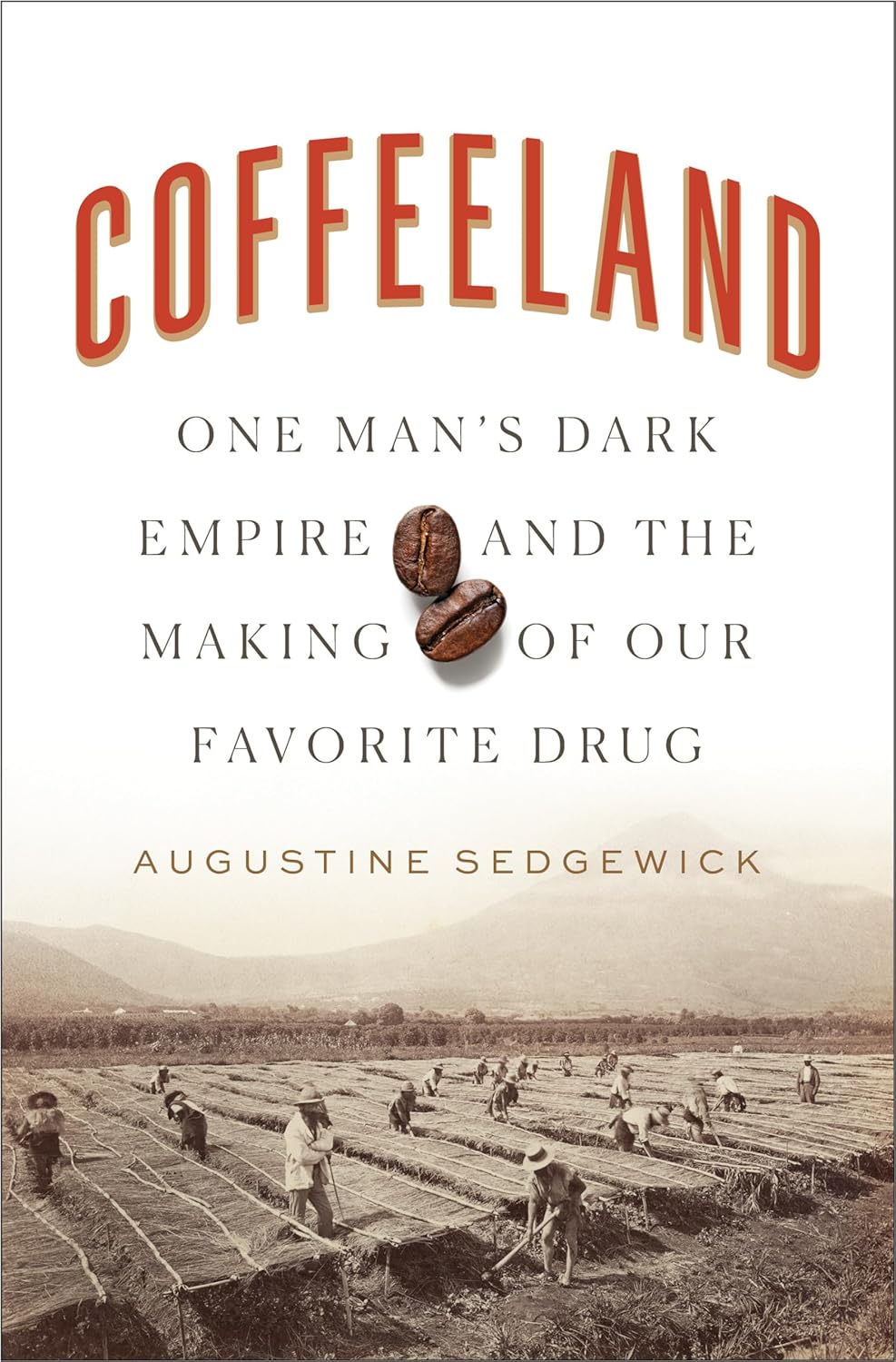American scientists studied coffee intensively in the early years of the 20th century, seeking to understand how a beverage that contained virtually no calories could nevertheless supply energy to the human animal, seemingly in violation of the laws of thermodynamics. Coffee had the extraordinary ability to generate surplus value not only in its production but in its consumption as well, as an episode in the history of the coffee break makes clear.
Sedgewick tells the story of a small Denver necktie maker called Los Wigwam Weavers. When the company lost its best young male loom operators to the war effort in the early 1940s, the owner, Phil Greinetz, hired older men to replace them, but they lacked the dexterity needed to weave the intricate patterns in Wigwam’s ties. Next he hired middle-aged women, and while they could produce ties to his standards, they lacked the stamina to work a full shift. When Greinetz called a company-wide meeting to discuss the problem, his employees had a suggestion: Give us a 15-minute break twice a day, with coffee.
Greinetz instituted the coffee breaks and immediately noticed a change in his workers. The women began doing as much work in six and a half hours as the older men had done in eight. Greinetz made the coffee breaks compulsory, but he decided he didn’t need to pay his workers for the half hour they were on break. This led to a suit from the Department of Labor and, eventually, to a 1956 decision by a federal appeals court that enshrined the coffee break in American life. The court ruled that because the coffee breaks “promote more efficiency and result in a greater output,” they benefited the company as much as the workers and should therefore be counted as work time. As for the phrase coffee break, it entered the vernacular through a 1952 advertising campaign by the Pan-American Coffee Bureau, a trade group organized by Central American growers. Their slogan: “Give yourself a coffee-break … and get what coffee gives to you.”
Near the end of Coffeeland, Sedgewick attempts to quantify exactly how much value a pound of coffee gives an employer (or, put another way, extracts from an employee), using Los Wigwam and Hill’s plantation as examples. He estimates that it takes 1.5 hours of Salvadoran labor to produce a pound of coffee. That’s enough to make 40 cups of coffee, or supply two coffee breaks for Wigwam’s 20 employees, which Greinetz calculated yielded the equivalent of 30 additional hours of labor. In other words, the six cents that Hill’s plantation paid for an hour and a half of labor in 1954 was transformed into $22.50 worth of value for Phil Greinetz, an alchemy that reflects both the remarkable properties of caffeine and the brute facts of exploitation.
